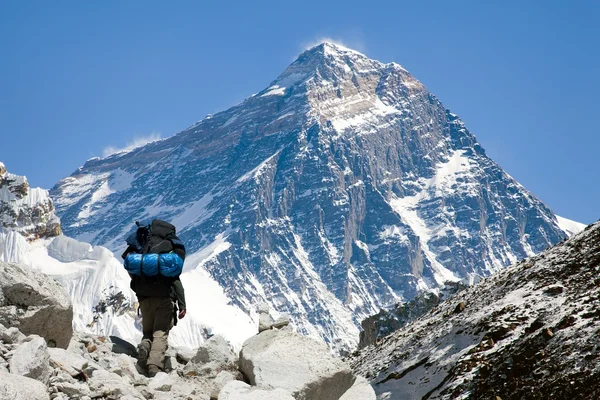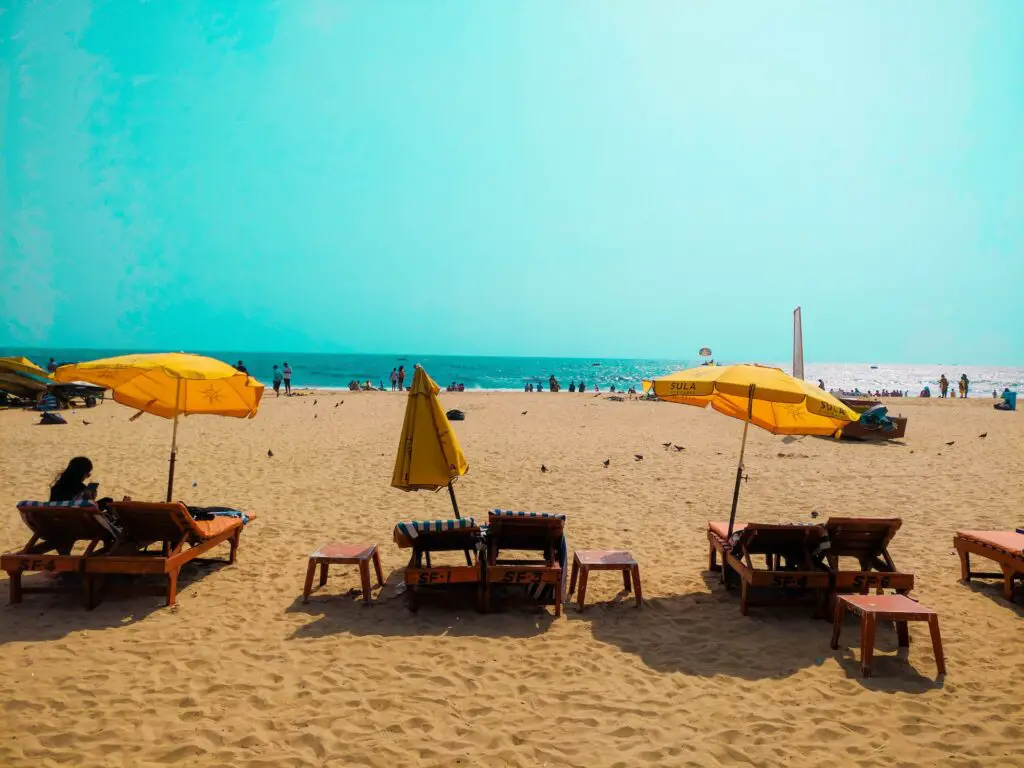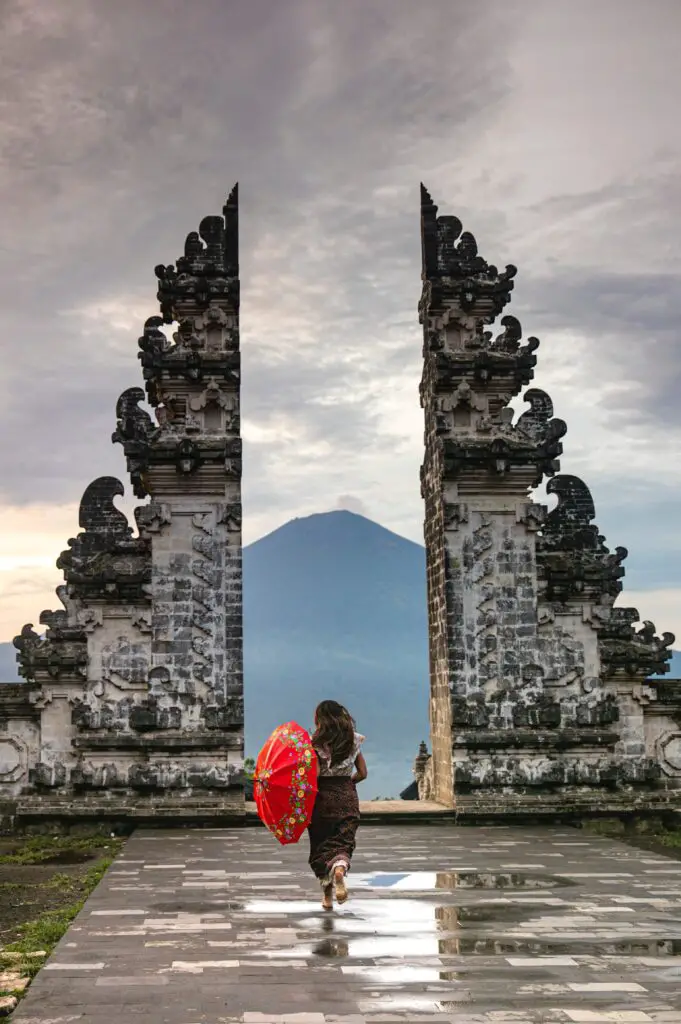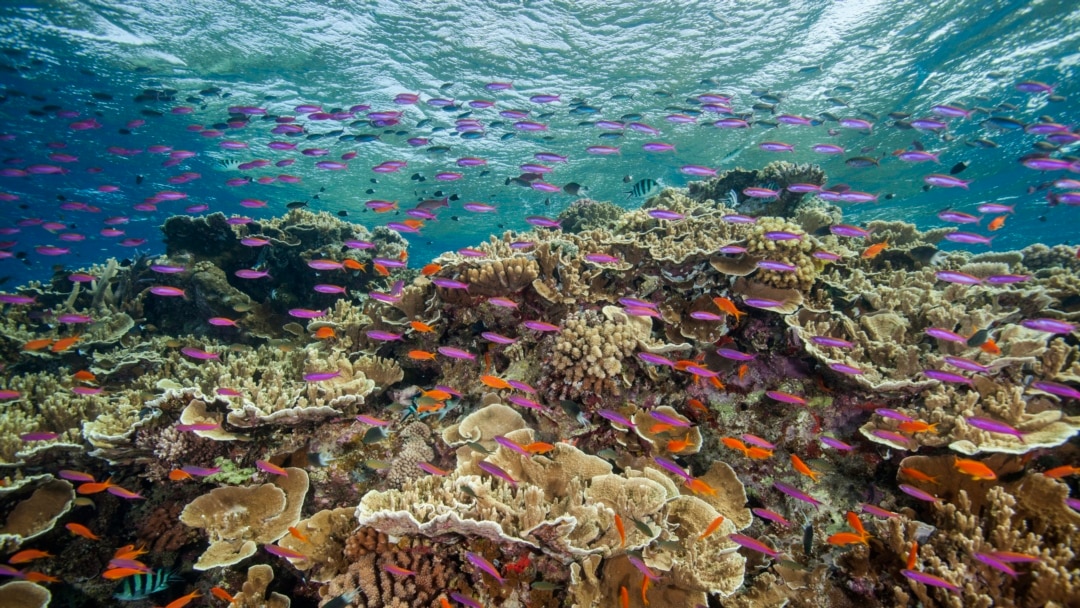
“Great Barrier Reef” is world’s largest coral reef system located in the Queensland mainland, Australia. If you are a kind person looking to spend time with ocean and its living creatures probably you can choose to visit Great Barrier Reef. Most epic natural wonder where visitor will spot world’s 25% of the marine life.
Great Barrier reef is a variety of world’s largest coral collection, with 400 types of coral, 1,500 of species, 4,000 types of mollusc. Often known for its eye-catching marine life with the coral reef system will always give a thrilling experience for nature lovers and adventure backpackers. Here you can also explore Marine species and fishes like sharks and worms. Never forget to dig deep into the great reef to know more about uncovering secrets and insights into these marine lives in order to get real-time experience. Therefore below article will going to explain briefly about insight about Things to do and Interesting facts about this great reef, in order to understand and appreciate this incredible UNESCO World Heritage site.
Related Search: Uluru, Australia.
10 Best Things to Do in the Great Barrier Reef
1. Snorkeling
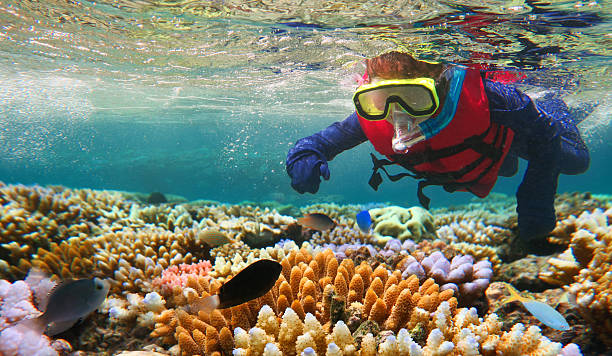
Since The Great Barrier Reef contains major barrier reefs and ocean life’s, surely place heaven for snorkelling and snorkeling trips. The main reason for snorkeling is the warm temperature, and underwater terrains that include caverns, pinnacles, caves with coral and islands. Explore the colorful coral formations and you can swim alongside diverse marine life like coral reefs and ecological systems. Snorkelling offers more unique opportunity to see the reef in closeup manner. Hasting Reef is considered a good place for snorkeling under the Great Barrier. The total space covered by these coral reefs is equal to Japan or Italy.
3. Scuba Diving
The great barrier reef is known as the most extensive coral system in the entire world. Like Snorkelling, Scuba diving has more accurate and authentic water activity to see coral reef, even better than snorkelling here in Queensland. Visitor see and explore the world’s unique and rare 1500 types of fish and other coral species. Scuba diving will help you to discover the incredible underwater world of the Great barrier reef and many flora and faunas beneath the water. Clownfish, butterflyfish, turtles, sharks and groupers can be seen while Scuba diving here on this reef. Scuba diving between depth ranges from 5 to 30 meters here making it one of the best scuba diving destinations in the world.
3. Reef Tours
As we know, the Great Barrier Reef contains the world’s largest coral system. Therefore, it is important to take a guided tour to explore different parts of the Great Barrier Reef to understand its diversity of species, reefs and fishes. Guided tour will help us to understand more reefs, living creatures and how well and systematically managed marine life beneath the ocean. These tours often include activities like snorkeling or diving, and give detailed data about the reef’s ecosystem.
Do I Really Need a Travel Insurance?
4. Helicopter or Seaplane Ride

Helicopter or Seaplane rides offers aerial views of this amazing great barrier reef Sea World. It covers 3,44,400 square Km in area, renewed for enjoy a stunning aerial view of the Great Barrier Reef from a helicopter or seaplane under its 60 minutes time duration. This eye-catching experience provides a unique perspective of flying, Whitehaven beach, hill inlet, and heart reef spots from the top. if you want to get aerial views you need to book in advance and pay $875 per person to explore the great barrier reef in Helicopter.
5. Sailing and Boating

Visitors can access boat tours here by the authorised guided boat tours. Set sail on one of the many boat tours available, which provides incredible views, and snorkeling opportunities, to get a chance to find dolphins and multiple sea fishes. If you are a boat lover and looking day service, tour offers ‘one day service’ under more immersive experience. Moreover, normally a boat takes 2-3 hours of long journey since its location of the reef being far off Queensland.
6. Island Hopping
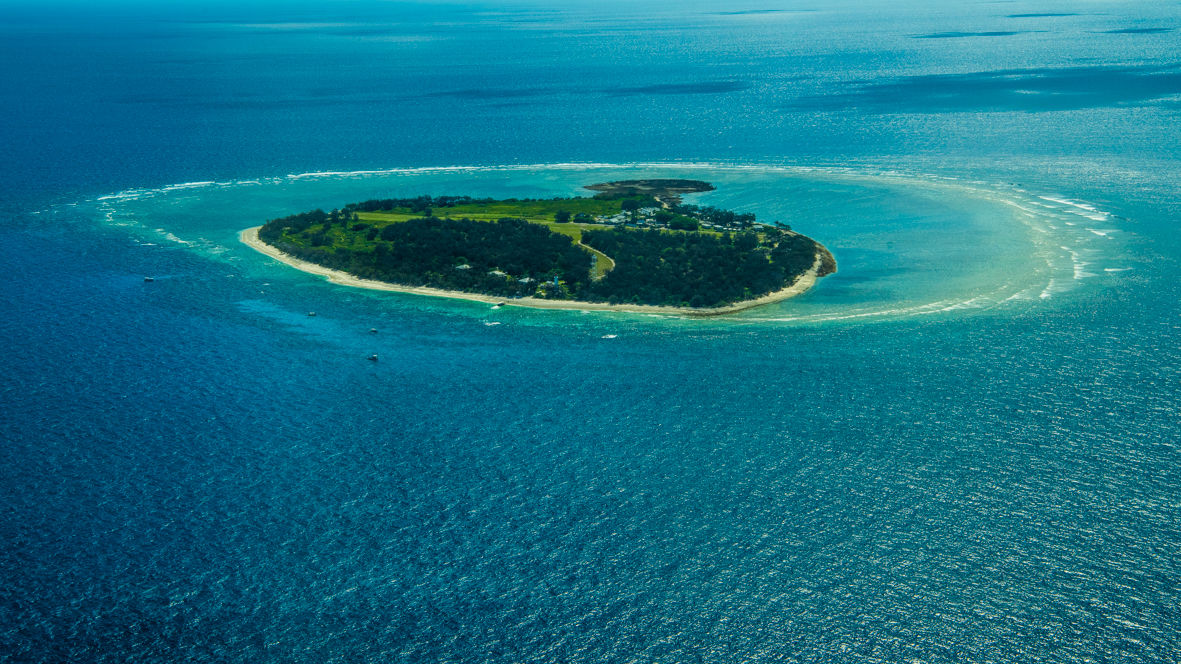
You will see 600 continental islands and 150 inshore mangrove islands, which is possible to explore only through Island hopping. Never miss to visit beautiful islands like Whitsunday Islands or Green Island, famous here in the Great Barrier Reef. Green Island is quite famous among them for its closeness to the mainland and 300 different types of sand cays. Hagger stone Island, a private island, holds eco-resort and island trails are other different sort of islands available to explore. These island allows you to enjoy pristine beaches, nature walks, and various water activities.
7. Glass-Bottom Boat Tours
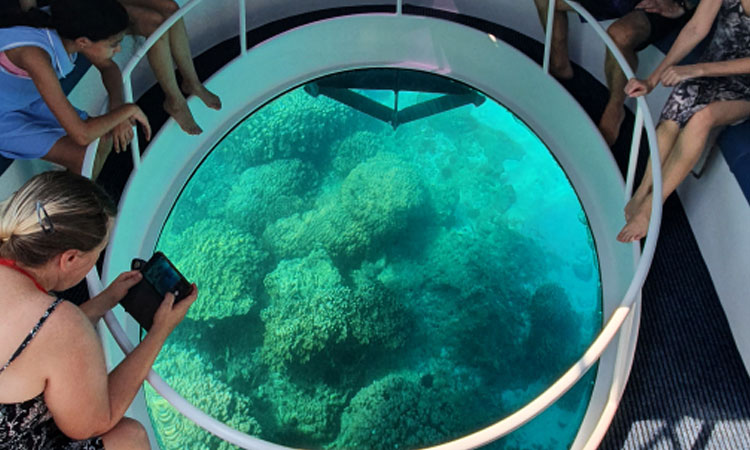
If you are not an expert in swimming or hate scuba diving or snorkeling then you can think about a glass-bottom boat tour. A unique boat tour will give an underwater feeling without touching a single drop of water. This tour is normally performed by family travelers, couples, and young kids. It help us to enjoy coral reefs, marine life’s and many underwater wonders without getting wet. These tours provide a unique experience and perspective suitable for all age group of travelers. Normally glass bottom boat tours carry as much as passengers with clear space to see coral and sea life.
Royal Caribbean International Hospitality company, Miami, Florida, USA.
8. Marine Wildlife Encounters
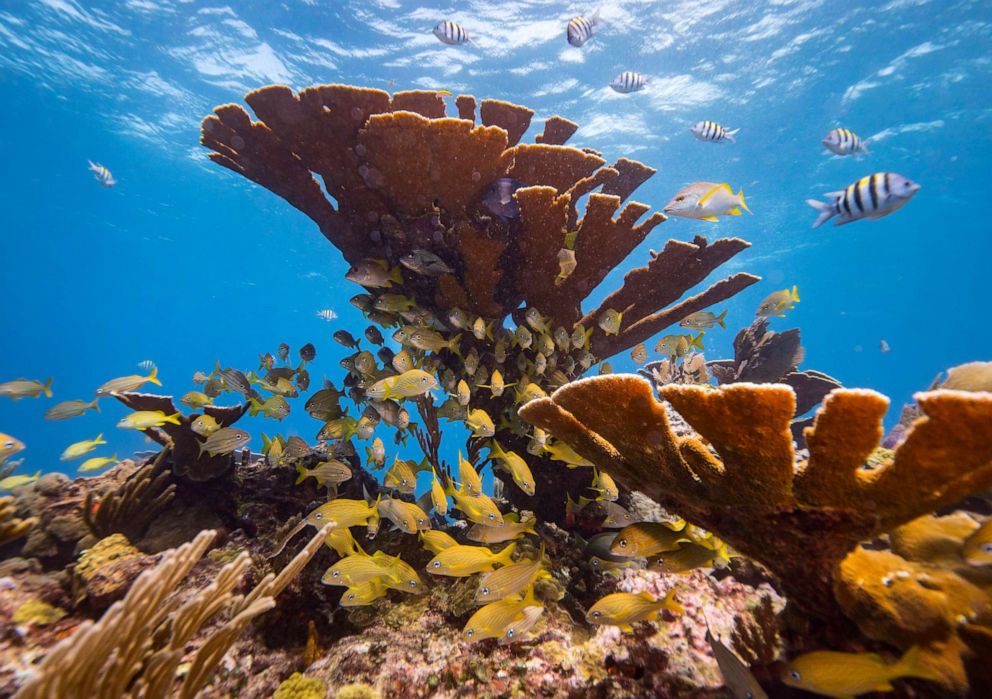
More than 1,500 fishes and species are included in the massive Great Barrier Reef. Out of 1500, 30 are Dolphins, whales, porpoises, wrasses, damselfish, angelfish, and triggerfish, Tiger sharks, and whale sharks, are also included. In the Great Barrier Reef, you can see 133 types of sharks and rays, 1625 sorts of fishes, 500 types of worms, 100 species of jellyfish, 3000 varieties of mollusks and 600 sorts of corals. To know more about these species, you should take a tour to swim with dolphins, turtles, and even manta rays. Definitely, it will give a life-changing experience to get a close real touch of feelings and personal experience with these magnificent creatures.
9. Reef Research and Conservation Programs

This program was developed in 2000 under the Coral reef conservative act. The main intention of this program is to protect, conserve, and preserve the nation’s coral reef. Moreover, this is associated with reef resources in Broward, Martin counties, which help to strengthening global coral systems. Participating in a volunteer program, focuses on research and conservation and marine species are the major goal under this programme. Get involved in activities such as coral planting, reef monitoring, and educational workshops.
10. Submarine or Underwater Observatory

Under Submarine, visitors will enjoy and try to get explore giant corals, and marine life in a very close manner. Experience a submarine or visit an underwater observatory help us to witness the reef’s real touch feelings and beauty of coral areas at various depths. Diving deeper into the Great Barrier Reef is a must-do thing here in Great Barrier Reef. The semi-submarine tour will take around 25 minutes and depart every 30 minutes.
Things to Do in Darling Harbour, Sydney, Australia.
Top 10 Interesting Facts about the Great Barrier Reef
1. Size and Location/ Great Barrier Reef Map
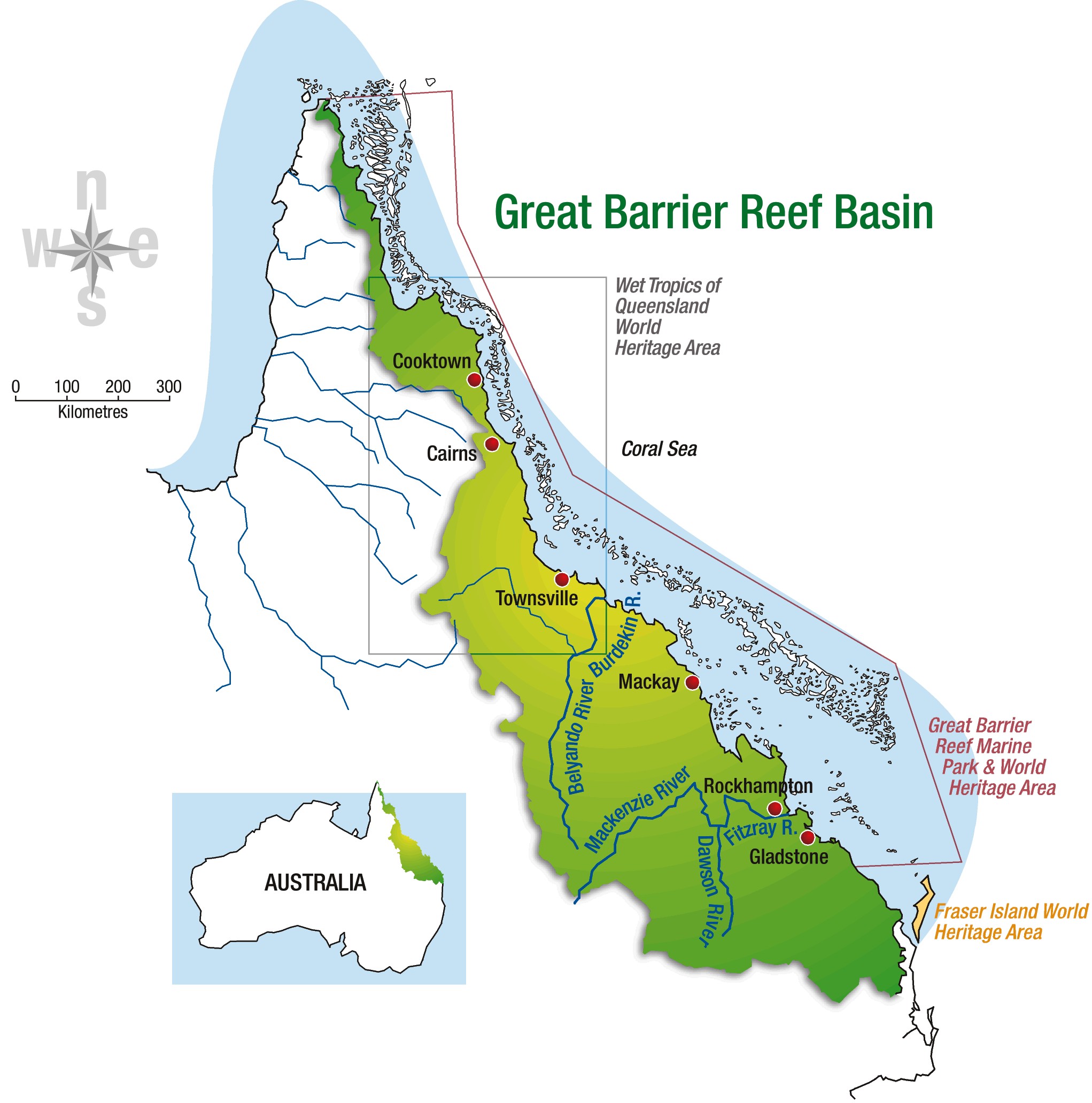
The Great Barrier Reef is considered one of the largest coral reef systems in the world. It covers Earth’s 3,44,400 square Km in area or spans over 2,300 kilometers (1,430 miles). Contained world’s 10% of coral system which includes 2,900 different types of reefs. It is located in the Coral Sea, off the coast of Queensland, Australia.
Width: This reef system has between 60 to 250 km of width.
Length: Starting from Queensland to Bundaberg reef giant has 2,300 km of length.
Dept: More than 2000 meters of long depth.
2. Biodiversity Hotspot
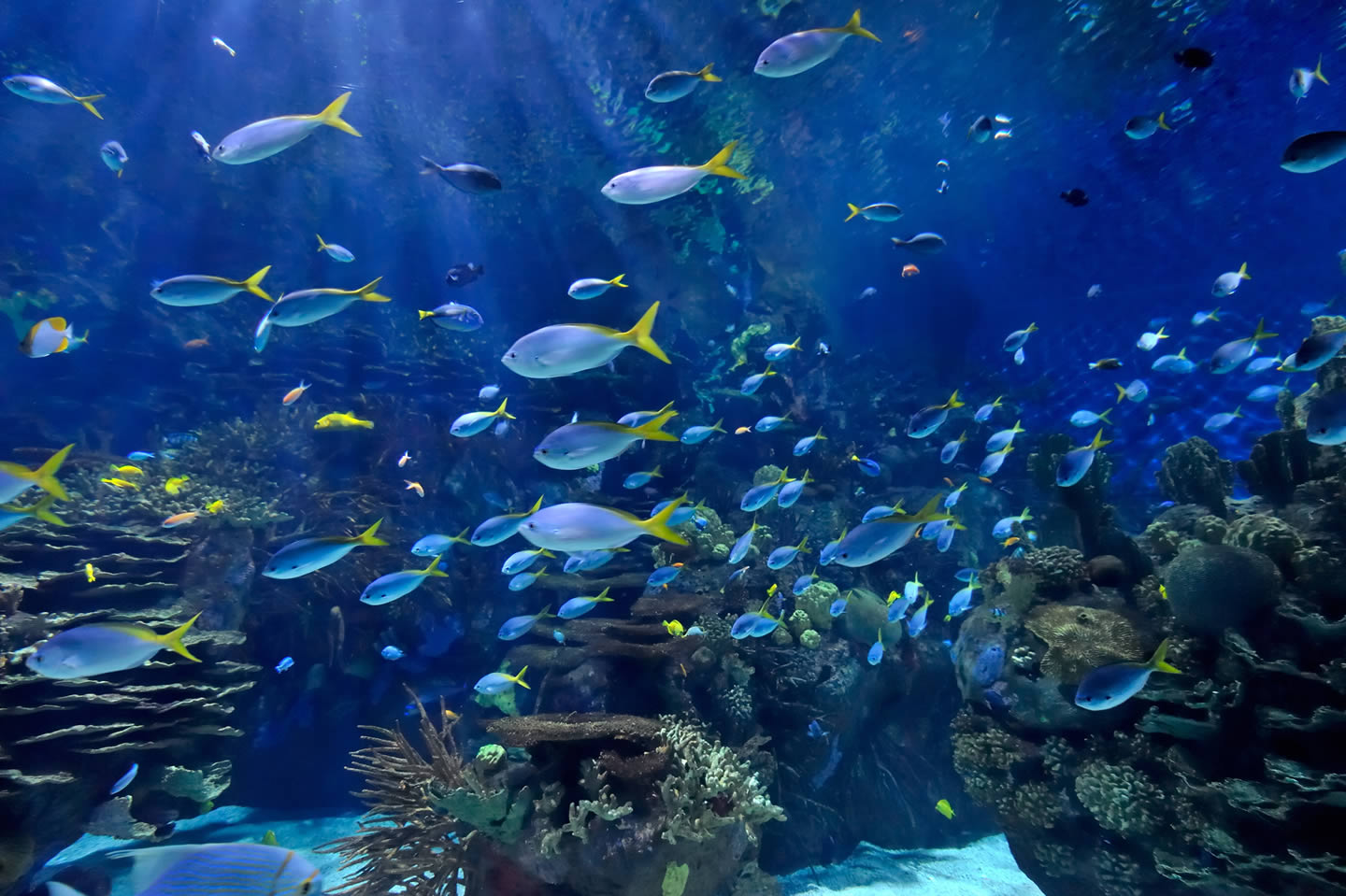
Today Great barrier reef is home to unique and endangered species. Capricorn Bunker region or Cape York is the perfect place for Snorkeling or Glass-Bottom Boat Tours or scuba in order to spot fish or coral life. During your Great Barrier Reef journey, surely you will come across 133 types of sharks and rays, 1625 sorts of fishes, 500 types of worms, 100 species of jellyfish, 3000 varieties of mollusks and 600 sorts of corals and 30 species of dolphins and whales.
3. World Heritage Site
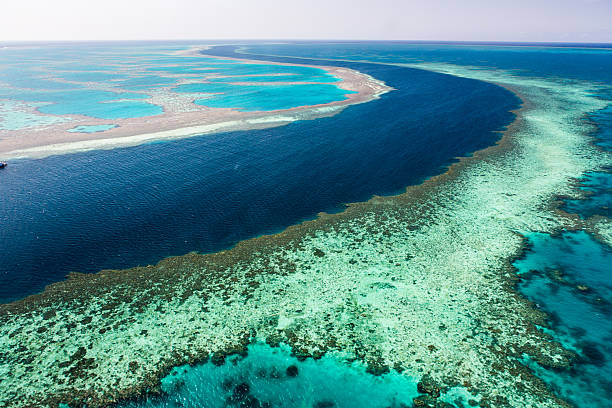
Interestingly, the Great Barrier Reef is recognized by the UNESCO World Heritage Site in 1981. Since it has great travel value, marine life’s, vast coral beds and exceptional natural beauty and biological and scientific importance. More than that, its vastness, marine life system, and number of species are matters into consideration. It is also recognised one of the Seven Natural Wonders of the World.
4. Bleaching Events
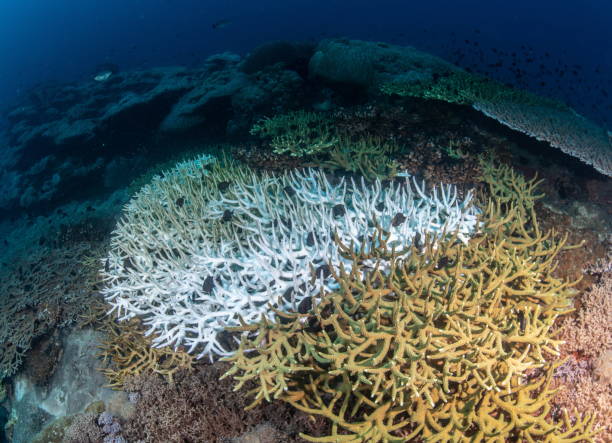
Bleaching events have been held in the Great Barrier Reef for the last 3 decades. Rising water temperatures due to climate change are a major reason behind this bleaching events. When corals are stressed, it will affect the symbiotic algae living in their tissues, then the reef turns into white colors. Even some locations are damaged almost 90% of the entire area including its lives and reefs. In the years 1980, 1982, 1992,1994, 1998, 2000, 2006, 2016, 2017 and 2022 bleaching events were held.
5. Indigenous Connection
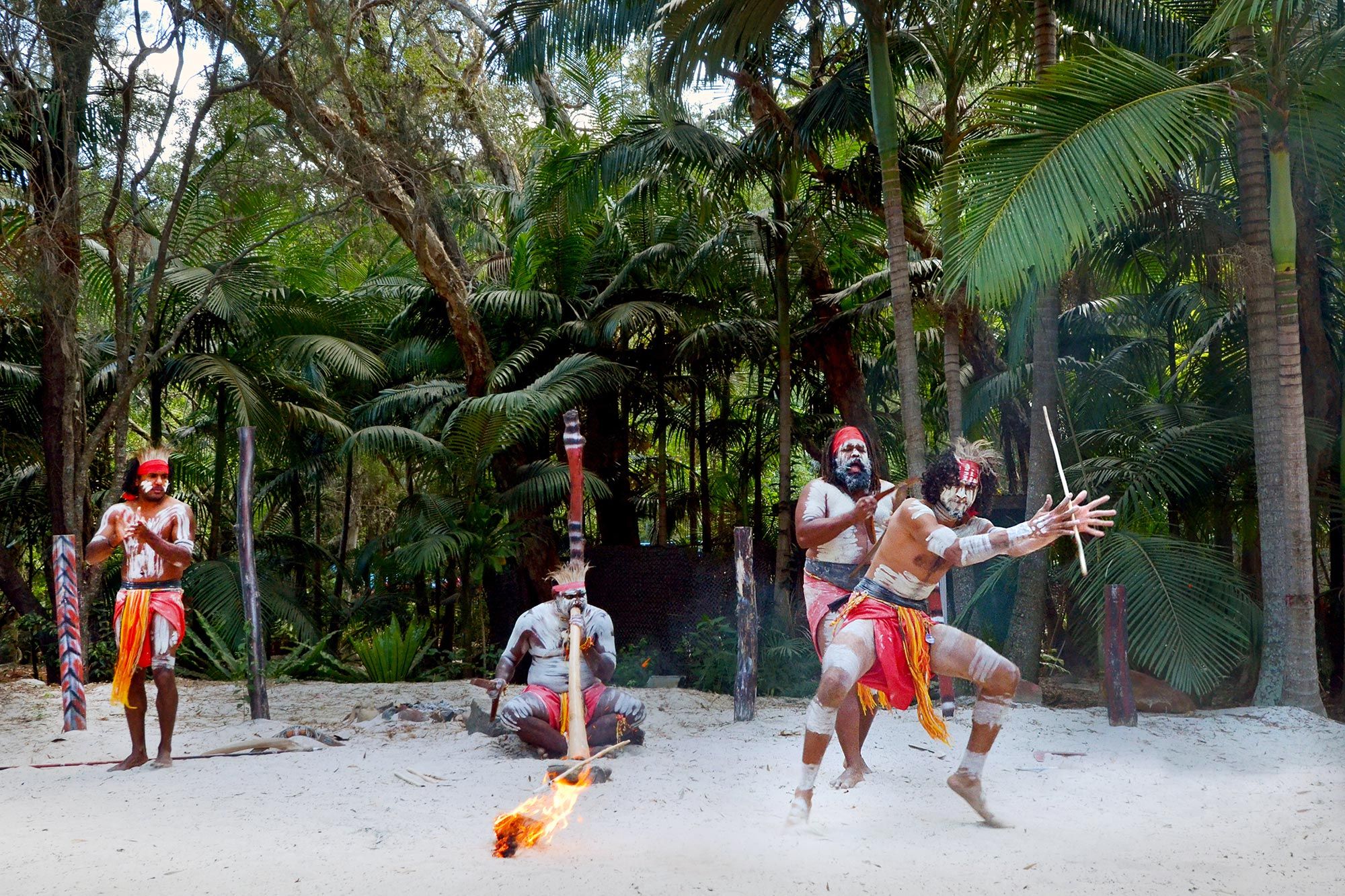
Despite of its natural beauty, Great Barrier reef surrounded by the more indigenous communities. Aboriginal and Torres Strait Islander peoples settled and were closely linked in the reef for a long period of time. The Great Barrier Reef has traditional and tribal cultural significance to Indigenous Australian communities. Explorers can see and learn from traditional practices, beliefs, and storytelling for thousands of years of these tribes’ communities.
6. Tourism Magnet

As we discussed earlier, the Great barrier reef system has great tourist attractions. Activities like snorkeling, scuba diving, Glass-Bottom Boat Tours, boat tours, Helicopter views and many more exploration options will allow people to indulge in the stunning marine life and vibrant coral formations in an very up close manner. Approximately, this big reef receives more than 5 million tourists every year.
7. Great Barrier Reef Marine Park
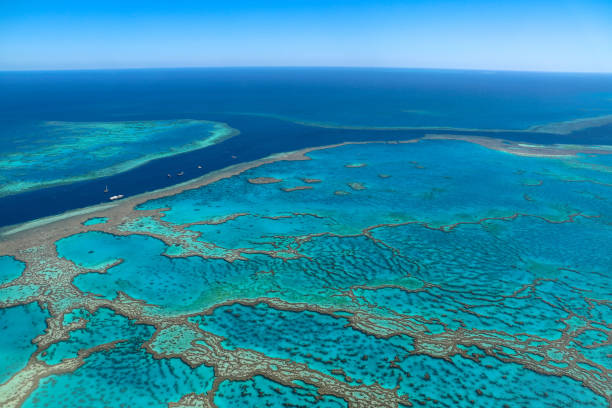
The Great Barrier Reef Marine Park, established in 1975, covers approximately 344,400 square kilometers (133,000 square miles). It contained 400 types of coral, 1,500 species of fish, and 4,000 types of mollusks making it world’s largest coral reef collections. Seagrass, mangroves, and a sponge garden are never missing places to visit and explore in marine parks.
8. Threats to the Reef
Great barrier reefs are continuously affected and threatened by the water temperature, climate change, salinity, pesticides like overfishing, and crown-of-thorns starfish outbreaks. These are adversely and negatively affects overall coral reefs and leads to massive distractions of reefs in future days. However, these affect may also cause for reduce the quality of water and marine life systems. So, Conservation efforts are crucial to preserving its delicate ecosystem.
9. The Reef from Space

Did you know that the Great Barrier Reef is also visible from space? Yes, this 2300-kilometre reef can easily be accessed from space and can be observed from outer space too. Blue shallow lagoons are different from dark blue waters. NASA astronauts have captured stunning imagery of the reef, showcasing its intricate patterns and vibrant colors.
10. Research and Conservation
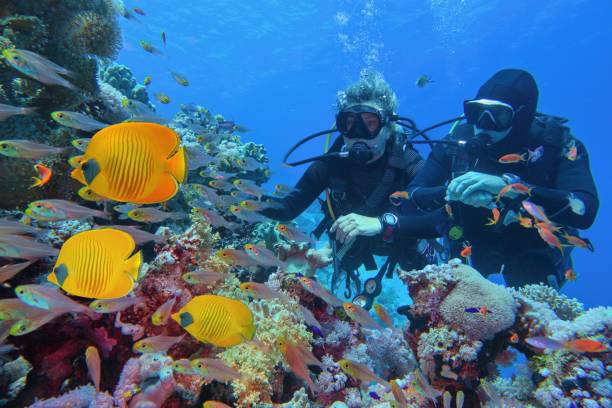
There are a lot of research and conservation programs being held and ongoing efforts dedicated to understanding and protecting the reef. Scientists, organizations, and governments from Australia and other Nations are working together to implement strategies to help reduce the impact of climate change, and pollutions (water) to safeguard the future of the Great Barrier Reef.
Last Words
The Great Barrier Reef can be a great travel destination in Australia those who looking to spend time with water, coral reefs and marine life’s through water activities like snorkeling or scuba diving and many. Apart from that, there are a lot of things which you can learn with real touch and closeness of Coral life, fishes and marine species. So, never miss the opportunity to enjoy the life-changing experience and unique travel feelings along with exciting activities provided by the world’s largest coral reef system.
Related Article: Bondi Beach, Sydney.
Kakadu National Park, Australia.
Q: Where is the Great Barrier reef?
A : Great Barrier Reef is located in the Coral Sea, off the coast of Queensland of Australia. This becomes very popular of its eye-catching marine life with the coral reef system will always give a thrilling experience for nature lovers and adventure seekers too.
Q: What is the Great Barrier reef?
A : Great Barrier reef is a variety of world’s largest coral collection ( Contained10 % world’s reef system) 2,900 types of reefs, 400 types of coral, 1,500 of species, 4,000 types of mollusc. This becomes very popular of its eye-catching marine life with the coral reef system will always give a thrilling experience for nature lovers and adventure seekers too.
Q: Where is the Great barrier reef Located?
A : Great Barrier Reef is located in the Coral Sea, off the coast of Queensland of Australia. This becomes very popular of its eye-catching marine life with the coral reef system will always give a thrilling experience for nature lovers and adventure seekers too.
Q: How long is the Great barrier reef?
A : It covers Earth’s 3,44,400 square Km in area or spans over 2,300 kilometers (1,430 miles). It contained world’s 10% of the world’s coral system and includes 2,900 different types of reefs. It is located in the Coral Sea, off the coast of Queensland, Australia.
Width: This reef system has between 60 to 250 km of width.
Length: Starting from Queensland to Bundaberg reef giant has 2,300 km of length.
Dept.: More than 2000 meters of long depth.



